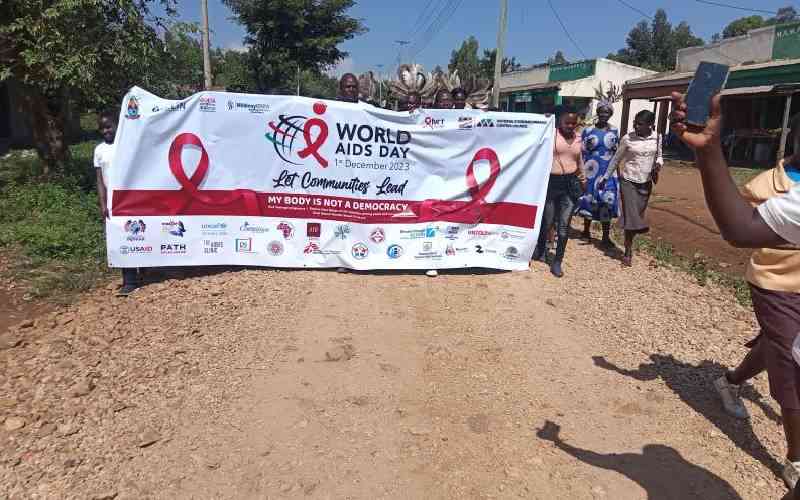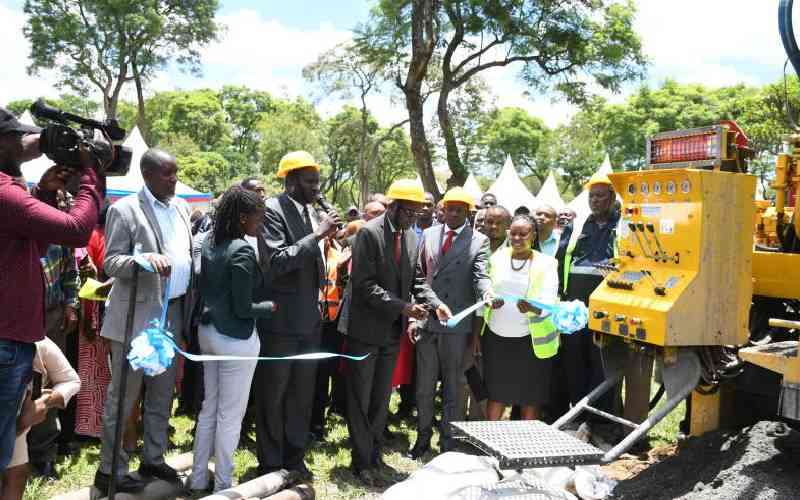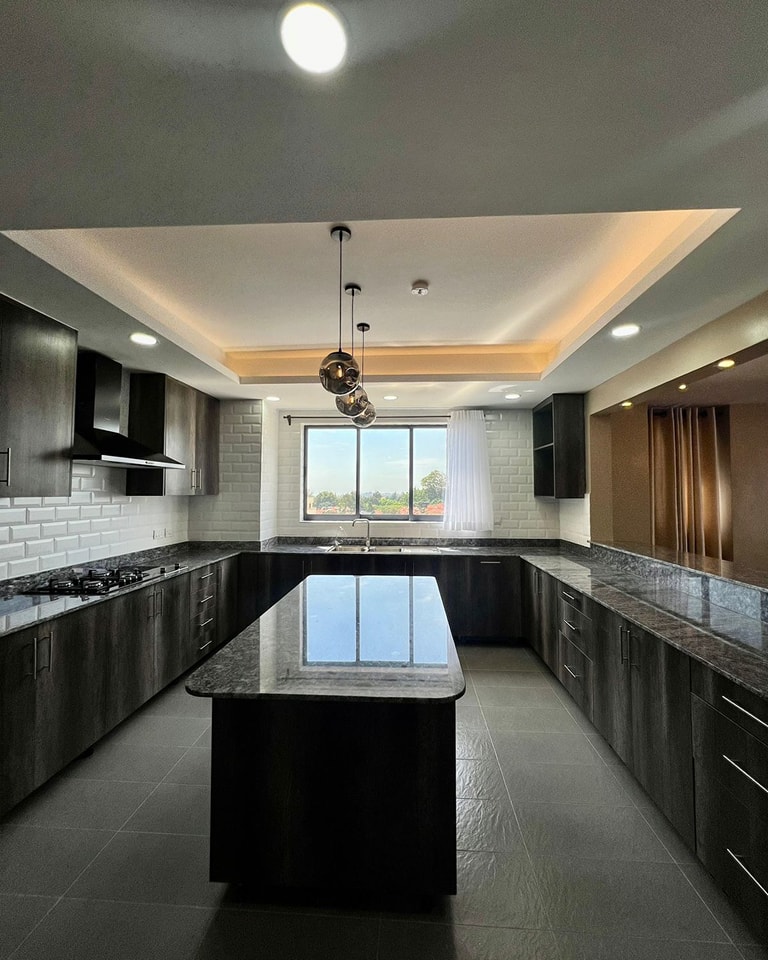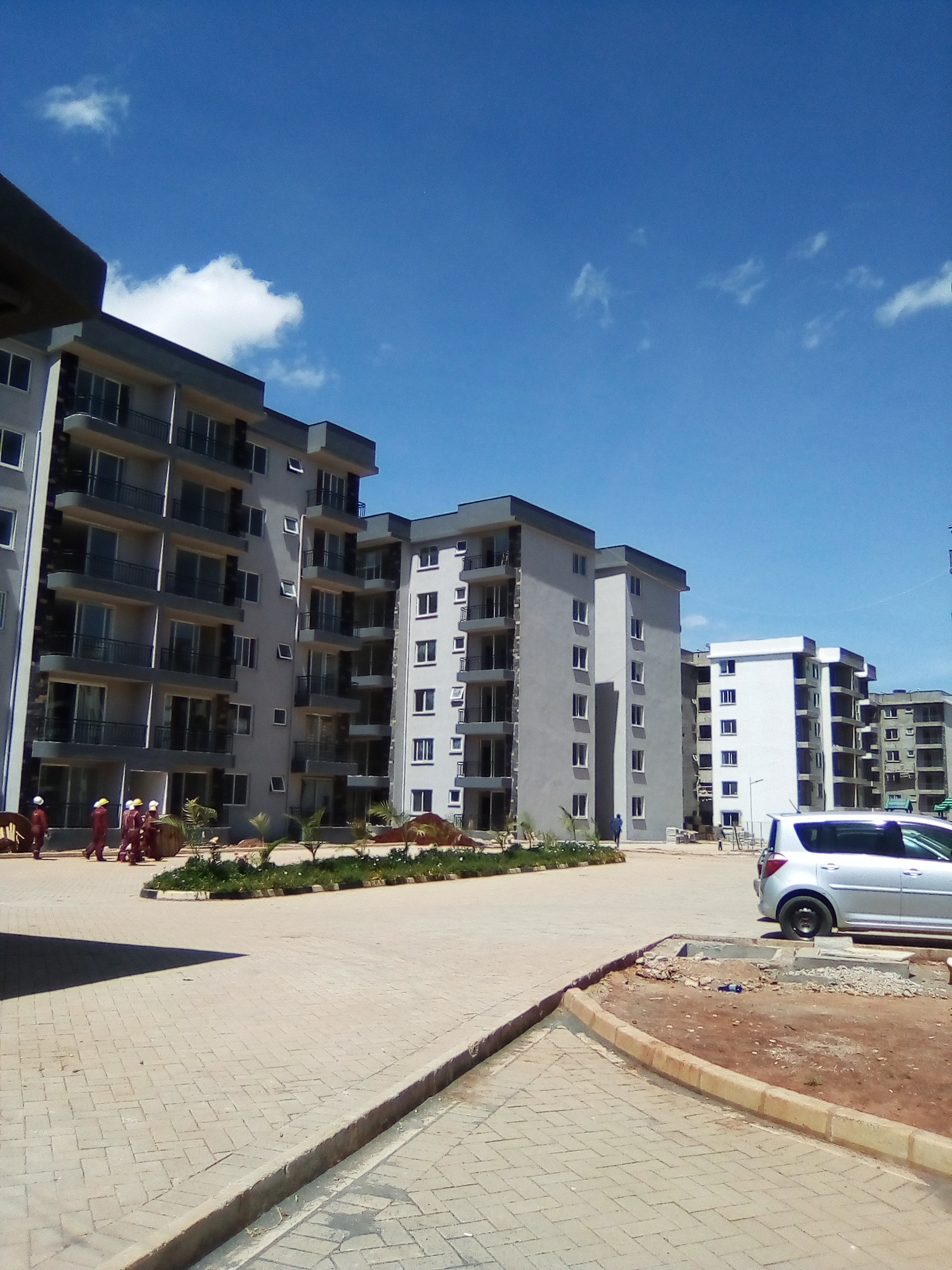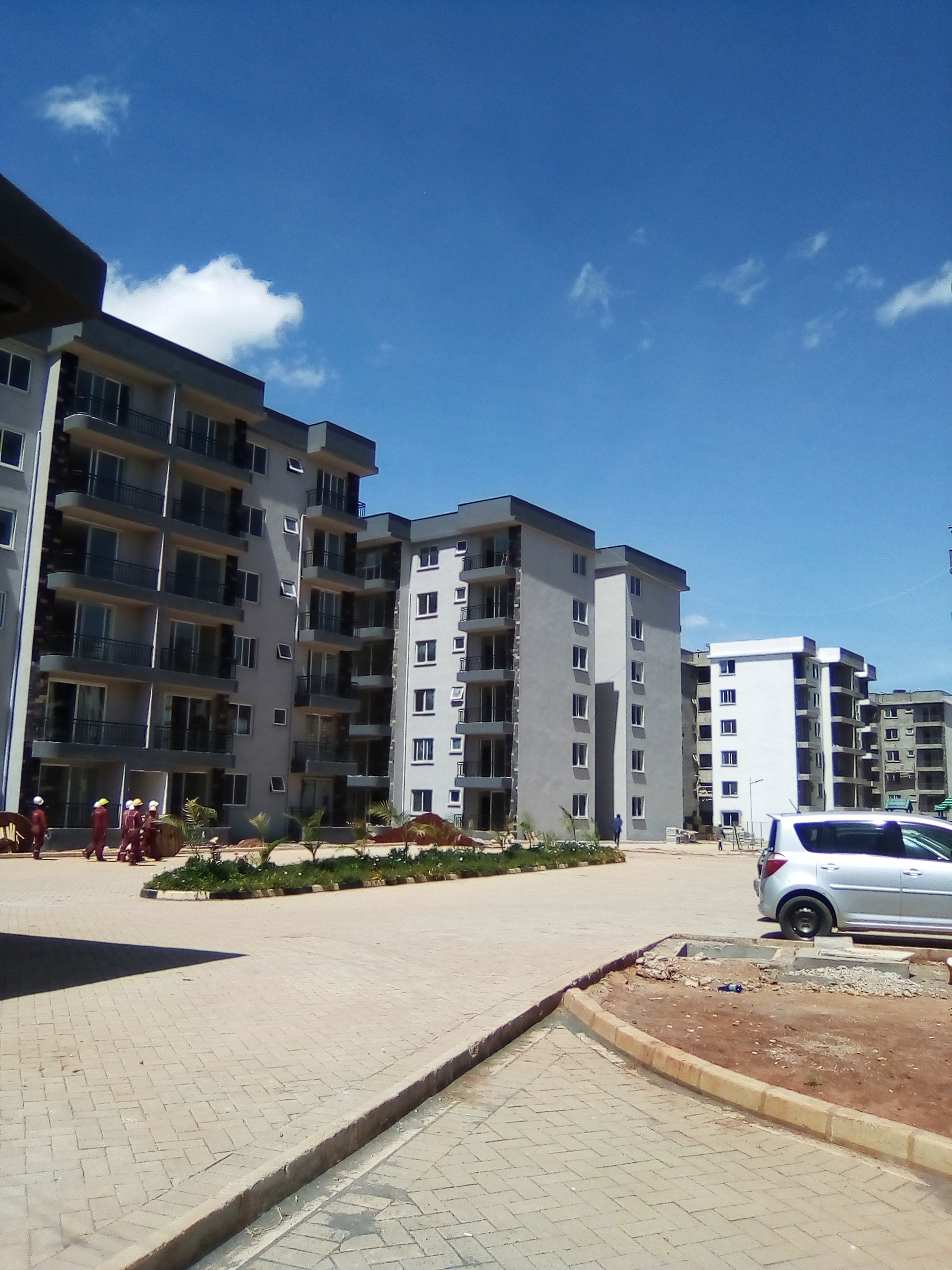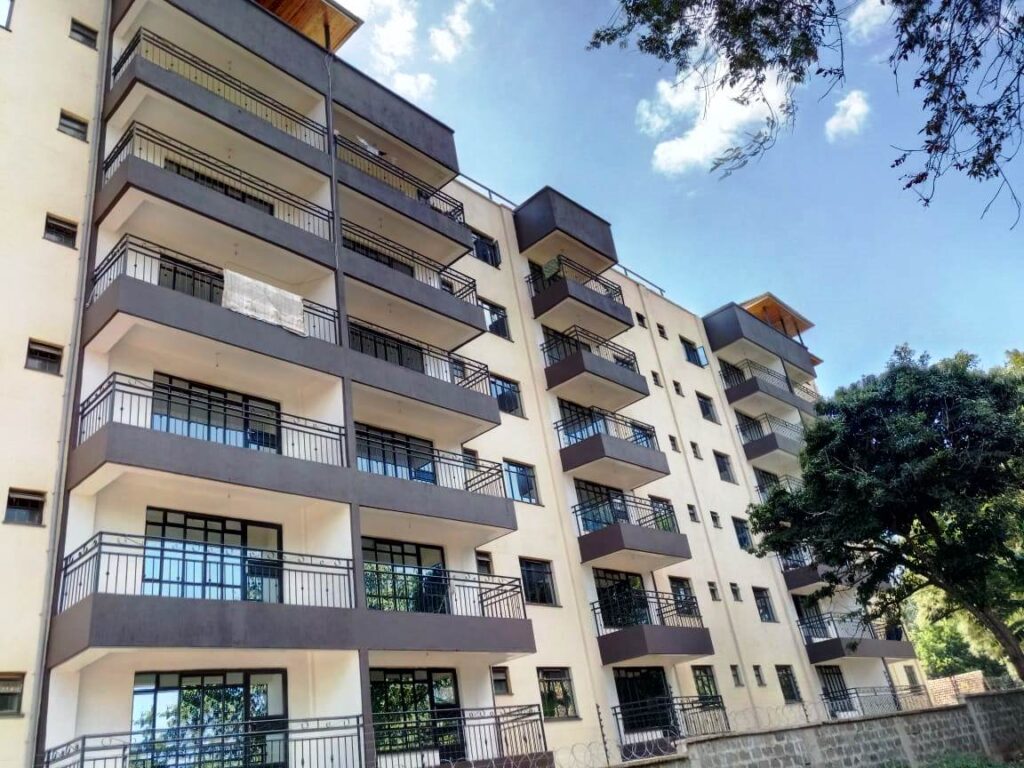
Racecourse Estate, Nakuru city. January 27, 2022. [Kipsang Joseph, Standard]
Most estates in Kenyan towns tell of a story. Their names reflect something deeper. Whether history, unique features or the famous faces, who once resided in these towns. And Nakuru town is no exception.
Here, the estates...
 The Standard Group Plc is a multi-media organization with investments in media platforms spanning newspaper print
operations, television, radio broadcasting, digital and online services. The Standard Group is recognized as a
leading multi-media house in Kenya with a key influence in matters of national and international interest.
The Standard Group Plc is a multi-media organization with investments in media platforms spanning newspaper print
operations, television, radio broadcasting, digital and online services. The Standard Group is recognized as a
leading multi-media house in Kenya with a key influence in matters of national and international interest.






